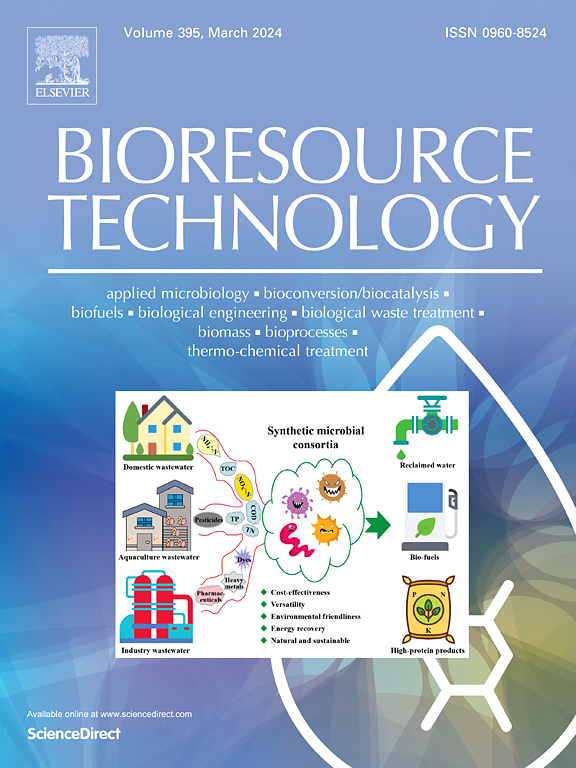Exploring the interaction between quorum sensing and sludge physical properties in Anammox systems
IF 9.7
1区 环境科学与生态学
Q1 AGRICULTURAL ENGINEERING
引用次数: 0
Abstract
Quorum sensing(QS) is a crucial aspect of Anammox(anaerobic ammonium oxidation) technology operation. Given the difficulty of accumulating Anammox bacteria, the favorable characteristics of sludge are vital for optimizing the stable operation of Anammox systems. Therefore, it is essential to study the interaction between QS and the physical properties of sludge in the Anammox process. In this study, the extended Derjaguin-Landau-Verwey-Overbeek(XDLVO) theory and rheological properties were used to determine the physical characteristics of different Anammox sludges, subsequently the relationship between these properties and signaling molecules, microorganisms and extracellular polymeric substances(EPS) was analyzed. The results indicated that certain physical properties, such as elasticity, sludge aggregation capability, and hydrophobicity, were significantly correlated with specific signaling molecules. Additionally, the dynamic changes in microbial community structure were one of the main causes of changes in the levels of signaling molecules, which stimulated the nitrogen removal performance and also affected the properties of the sludge.

求助全文
约1分钟内获得全文
求助全文
来源期刊

Bioresource Technology
工程技术-能源与燃料
CiteScore
20.80
自引率
19.30%
发文量
2013
审稿时长
12 days
期刊介绍:
Bioresource Technology publishes original articles, review articles, case studies, and short communications covering the fundamentals, applications, and management of bioresource technology. The journal seeks to advance and disseminate knowledge across various areas related to biomass, biological waste treatment, bioenergy, biotransformations, bioresource systems analysis, and associated conversion or production technologies.
Topics include:
• Biofuels: liquid and gaseous biofuels production, modeling and economics
• Bioprocesses and bioproducts: biocatalysis and fermentations
• Biomass and feedstocks utilization: bioconversion of agro-industrial residues
• Environmental protection: biological waste treatment
• Thermochemical conversion of biomass: combustion, pyrolysis, gasification, catalysis.
 求助内容:
求助内容: 应助结果提醒方式:
应助结果提醒方式:


